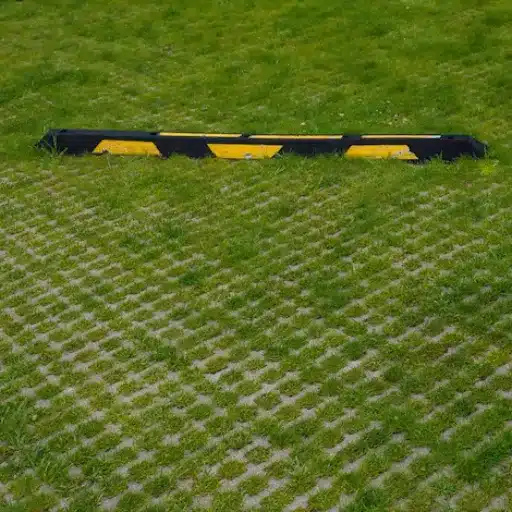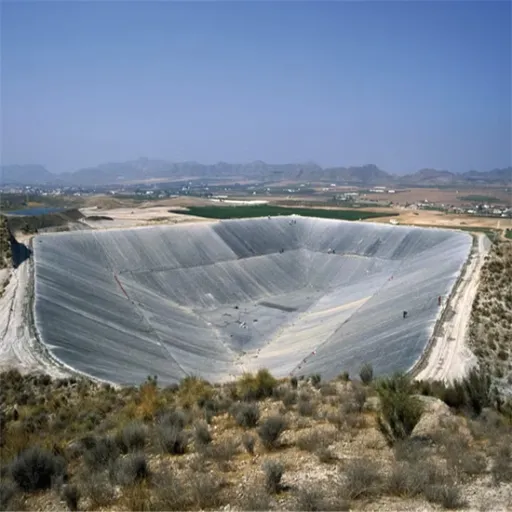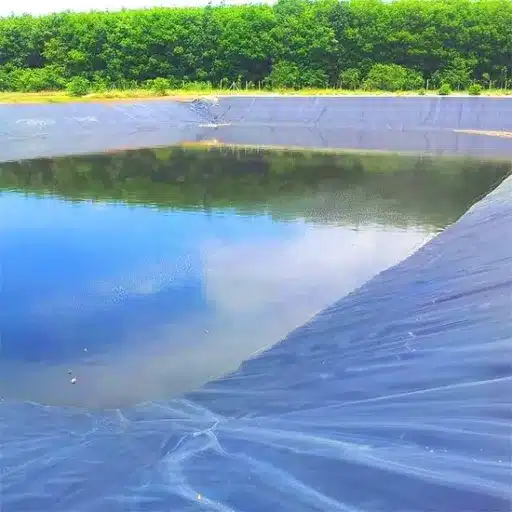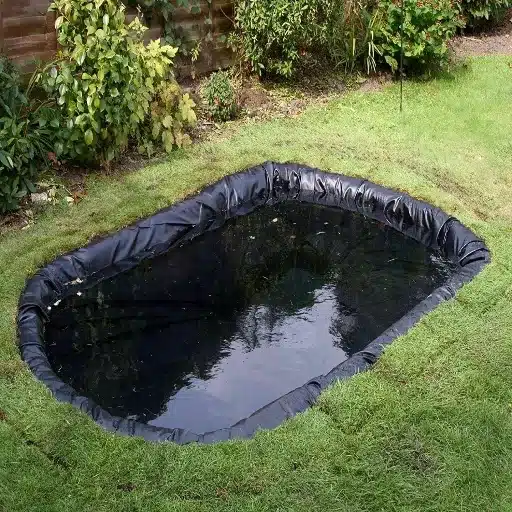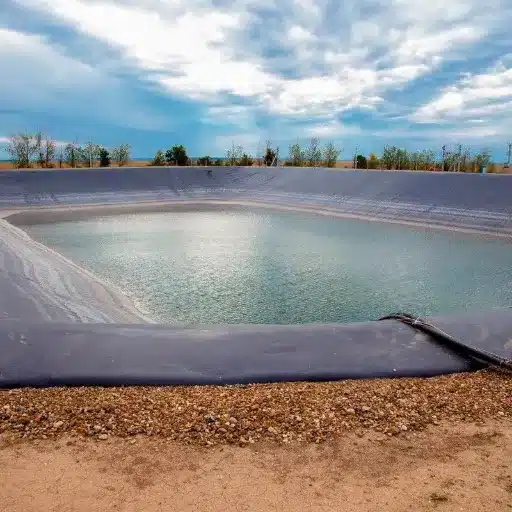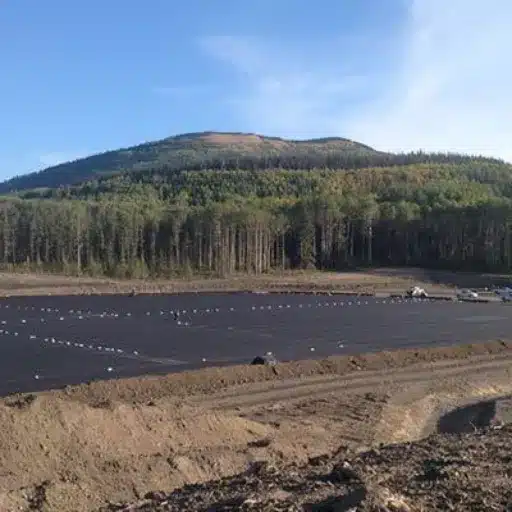Creating a perfect outdoor area entails striking an ideal balance between utility and aesthetics, which proves to be a bit tricky. Conventional parking schemes can mark your sidewalks, give a muddy appearance, and become staying places for obnoxious weeds. This article expounds on the new grass parking solutions and covers their advantages, application sites, and the reasons for their rapid increase in popularity among homeowners and businesses alike. Whether you are selling or building for a residential lawn or commercial outdoor, learn how these versatile pavers can really save and upgrade your turf.
The Challenges of Parking on Grass
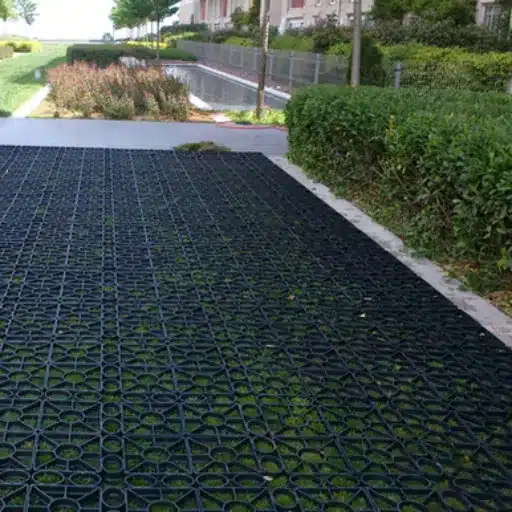
Simply parking on grass has its own sets of wins and losses. Over a period, soil gets compacted due to constant weight of the vehicles, water drainage becomes inefficient, surfaces turn muddy, and uneven. This not only kills the grass but also diminishes the landscape value. Grass areas are in constant fight with tire damages, washing off with heavy downpours, or change of weather conditions. Without reinforcement, the grass will fade away with patches of mud or unsafe grounds. These put together motivate the search for better ways of maintaining a grassland both as functional and as an aesthetic option for parking.
Typical Concerns for Homeowners and Property Managers
Among sandstone concerns that homeowners and property managers might face persist in the upkeep of grass parking areas. Drainage is one big problem, for improper water management can cause flooding and erosion that harm both the grass and the soil beneath. Secondly, durability of the grass against frequent use is yet another worrying concern. A compaction of the soil can be caused by heavy vehicles or consistent foot traffic to prevent healthy grass growth, even deterioration into thinning or bare patches. That is maintenance; hence these areas would require being mowed on time, fertilized, and maybe even seeded time after time to remain visually pleasing and functional. Lastly, balancing aesthetics against environmental sustainability can totally be quite a challenge since traditional solutions to reinforcement may involve materials that are neither eco-friendly nor sympathetic to the natural look of the area. These concerns that call for practical and innovative solutions to manage grass parking effectively.
Innovative Paver Technologies for Grass Parking
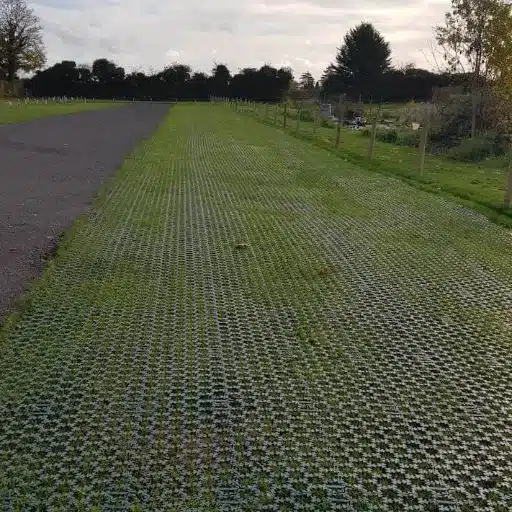
The best way to manage grass parking areas is by employing innovative paver technologies, which promote sustainability and durability. These solutions reinforce the ground without destroying its original nature and reduce the costs of upkeep.
Overview of Grass Paving Options
Grass paving solutions are developed to provide strength and durability to parking-type surfaces while maintaining the natural aesthetics of grass areas. Common options include plastic grid systems, concrete grass pavers, and reinforced turf solutions. Plastic grid systems are lightweight and flexible ones, allowing easy installation, while grass grows through the open lattice structure of the grids, which aids permeability and reduces soil compaction. Concrete grass pavers provide more strength and durability for heavier traffic areas, although some may argue that they detract from a natural appearance. Reinforced turf options use specialized soil and geotextile layers to give a stable, grass-covered surface that can bear vehicle loads. They all have their own distinct advantages and disadvantages, which makes it crucial to weigh them against the specific requirements of a site.
Truegrid Pavers: Features and Benefits
Truegrid pavers represent modern solutions in the creation of sustainable permeable surfaces; maintaining structural integrity and durability. Being made from 100% recycled materials, these pavers present an eco-friendly choice for a variety of uses such as driveways, parking lots, and walkways. Their key features are permeability and the ability to allow rainwater to go directly through the grid and into the underlying soil, thereby reducing runoff and encouraging natural recharge of groundwaters. These pavers give immense versatility as they may be filled with gravel or grass, almost disappearing into any environment that may want to use them. Further designed for easy installation and designed to withstand heavy loads without cracking or deterioration, the modular pavers make them an ideal application where sustainability, aesthetics, and functional considerations are paramount.
Eco-Friendly Parking Solutions
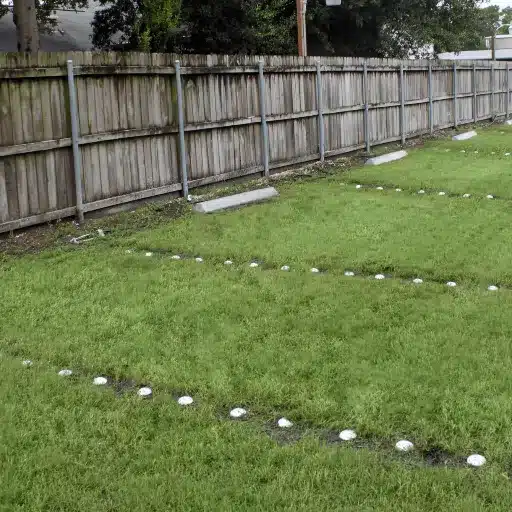
I feel that Truegrid Pavers provide a worthy option, where they impart strength, carry heavy loads, and are a sustainable alternative that allows for natural groundwater recharge, with a stylish look.
Advantages of Grass Parking Mats
There are many benefits to grass parking mats, which make them an eco-friendly and practical solution for various parking requirements. The mats allow the grass to grow healthily while supporting the soil and preventing compaction that would otherwise make the area look brown and ugly. They also permit good drainage of water, eliminating the likelihood of flooding and surface runoff. Alongside durability, these mats withstand heavy loads from vehicles, thereby rendering them suitable for both residential and commercial uses. Grass parking mats marry functionality with environmental consciousness, making parking more sustainable and aesthetically pleasing.
Permeability and Environmental Impact
One of the notable features of these grass parking mats is permeability. They ensure proper drainage and hence mitigate erosion and urban flooding being surface runoff. They also contribute to the vegetative surroundings that enrich biodiversity and air quality-improving-landscape. Grass parking mats contribute to reducing urban heat islands by supporting cooler ground temperatures when compared to non-permeable surfaces, which are their positive environmental impacts.
Product Recommendations for Grass Parking
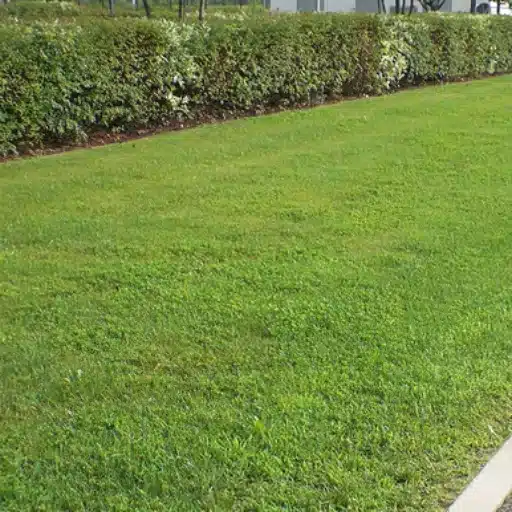
For the grass parking type, I would most certainly recommend permeable grass pavers or reinforced grass mats. Both maintain the strength needed while allowing the grass to grow through, thereby supporting sort of functionality and environmental down-to-earthness.
Right Paver for the Job
Some considerations to put in mind when choosing the best rendering for grass parking are, among others, its use, environmental conditions, and aesthetic preference. Heavy-duty solutions safeguarding the maximum durability and bearing capacity of GrassGuard Pro will have to be chosen if there are heavier loads. SmartGrass Eco Pavers will give you a good balance between performance and environmental care if you place importance on sustainability with ease of installation. Drainage may also enter your consideration as some are designed to increase water flow preventing pooling. By brushing through the details of your requirements and product features, you will be able to choose a product that will fulfill serviceable needs and beautify your green space.
Comparative Analysis of Parking Solutions
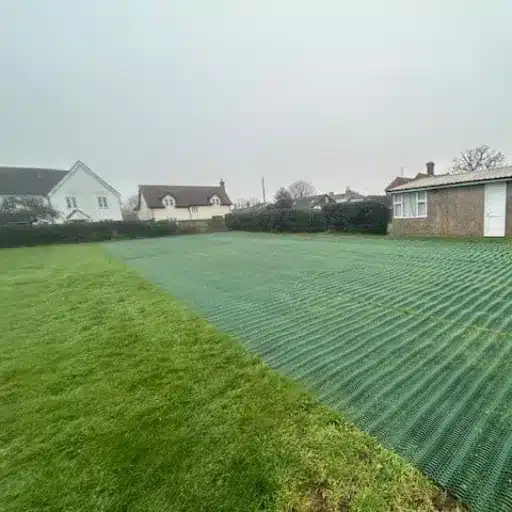
Making a choice of the best solution for parking really needs some time spent in realizing their differences on critical areas such as durability, maintenance, environment, and cost-effectiveness. Asphalt and concrete surfaces are conventional choices because of their durability and relatively cheap initial investment; however, they are generally non-permeable and hence increase water runoff and subsequent urban flooding. Permeable pavers, on the other hand, like SmartGrass Eco Pavers serve as eco-friendly alternatives, allowing water to filter through the surface thereby reducing runoff and aiding in sustainable water management.
Regarding maintenance, concrete and asphalt require sealing, and holding periodic repair works to increase longevity. While innovative permeable solutions can require cleaning once in a while to reduce blockage by debris but are easier to maintain in the long run. Cost is another deciding factor as eco-friendly options may have an initial higher cost but that is made up for by savings on drainage systems and the increased environmental benefits. So, in the final analysis, weighing these factors will help decide which parking solutions are best for the unique requirements of the project.
Maintenance Tips for Grass Parking Areas
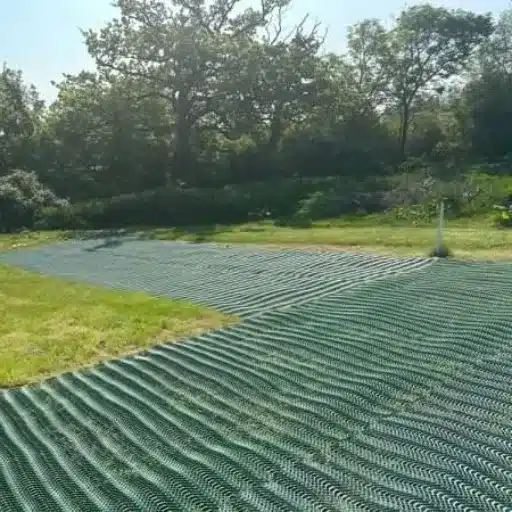
Regular mowing promotes healthy grass and ensures visual aesthetics. Clearing away debris ensures proper drainage. Reseeding patches that have worn out guarantees equal growth. Periodic aeration also relieves soil compaction and improves water absorption, contributing to the pride of the area.
To Avoid Damage to Grass from Vehicles
To keep a grass parking area intact and attractive, there is a need to make some precautions to prevent any damage from vehicles. Perhaps the single-most-useful way is installing reinforced grass grids or pavers that would spread the weight of vehicles and avoid the compaction of the soil. Preventing vehicles from parking in undesignated areas with good signage can go a long way in avoiding certain areas from being overloaded and consequent rutted, bare land. One could also encourage the use of lighter vehicles and disallowing their movement during wet or muddy situations, which will go a long way in reducing the wear and tear to the surface of the grass. Regular inspections coupled with timely repairs on damaged areas will see to it that the parking area serves its purpose for a long time.
Best Practices for Maintaining a Green Lawn
Never cease attention on the care of a lawn if you intend to keep it beautiful and green. This practice involves instituting a regular mowing schedule by keeping grass at appropriate height so that healthy growth and weeds cannot invade it. Deep watering but less often is also important since it trains the turf to take deep rooting and also conserves water. Fertilize the grass according to the needs of the type so that they get their nutrients throughout the growing season. Periodic aeration keeps the soil loose for nutrients and reduces compaction, while overseeding helps fill thin bare areas. Finally, keep the weed and pest containment measure in an environmentally safe way that will sustain the health of your lawn.
Reference Sources
-
TRUEGRID Paver
- Source: Understanding Grass Parking Mats
- Why it’s reliable: This source discusses the pros and cons of grass parking mats and introduces alternative solutions like TRUEGRID ROOT pavers, which are durable, eco-friendly, and easy to install. It provides practical insights into maintaining grass parking areas and preventing damage.
-
Grass Reinforcement Solutions (All Stake Supply)
- Source: Applications of Grass Reinforcement Solutions
- Why it’s reliable: This source highlights various applications of grass reinforcement products, including residential, commercial, and public spaces. It emphasizes the durability, safety, and environmental benefits of reinforced grass parking solutions.
-
Neighbor Blog
- Source: The Pros & Cons of Parking a Car on Grass
- Why it’s reliable: This blog provides a balanced view of the advantages and disadvantages of parking on grass. It also offers practical tips for protecting both vehicles and grass, making it a useful resource for readers considering this option.
Frequently Asked Questions (FAQs)
What can I do to keep the grass safe during parking on a grass lawn?
The different products that work to protect the grass while parking on grass are grass protection mesh and truegrid root pavers. These products spread the weight of the car evenly and reduce soil compaction, thereby causing little or no damage to vehicles placed on the desired grass area. They also aid in proper drainage, keeping the grass healthy.
What is the function of permeable pavers in grass parking areas?
Permeable pavers are important for grass parking areas because they allow water to seep through, consequently reducing stormwater runoff. They give grass a strong parking area which also prevents erosion and improves the visual appeal of the surrounding area.
Can I use my side yard as a parking area for an RV?
Depending upon how you protect the grass, a side yard can be an RV parking area. Indeed, using truegrid pavers or grass parking mats go a long way toward creating a hard surface capable of sustaining heavy vehicles while still allowing the grass to thrive.
How do grass parking lots remedy heavy vehicle traffic?
Heavy vehicle traffic is remedied on grass parking lots when load-bearing pavers or reinforced grass areas are used in the design to distribute weight and pressure from vehicles, limiting ruts or dips, and maintaining the integrity of grassy areas.
What are the advantages to using root pavers for grass parking?
Root pavers advantage grass parking by providing a solid base for grass growth and vehicle parking. This protects the grass by stabilizing the soil, which could otherwise be damaged by car tires or heavy vehicles, thus guaranteeing an attractive and lasting solution for parking.
How do I make a stable parking grid on my lawn?
By using interlocking grass pavers laid out in a grid pattern, you create a stable parking grid on your lawn. This arrangement gives even weight distribution and increased permeability, thereby preventing pooling of water and ensuring proper drainage, all while keeping your grassy area neat and tidy.

